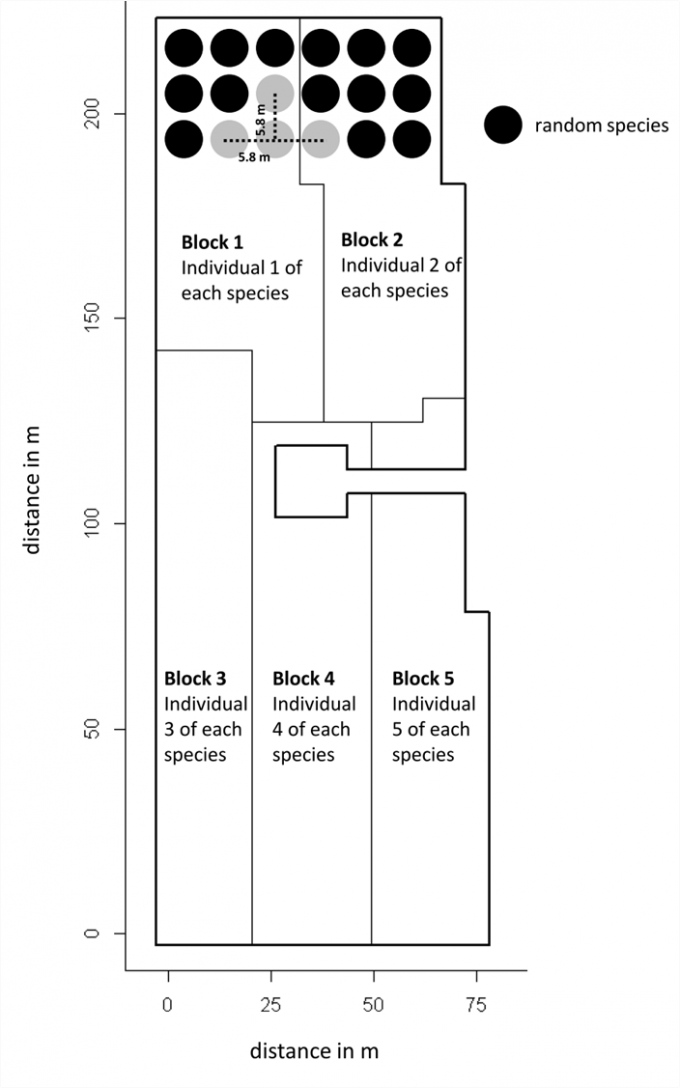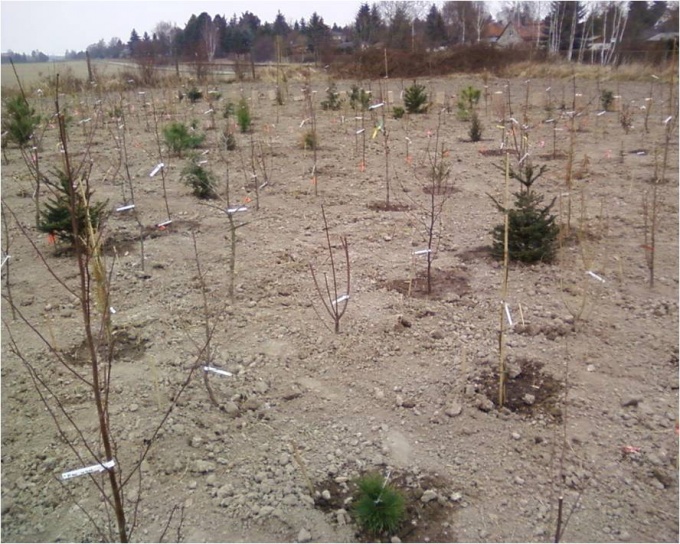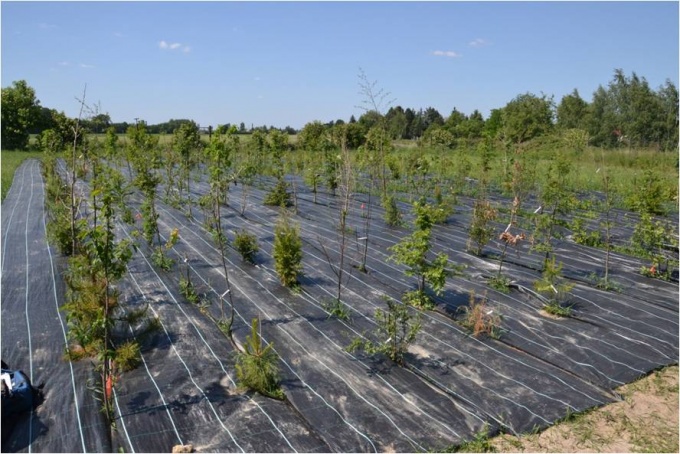By Mario Liebergesell (ULEI)
Functional diversity maps for Europe and North-America
This task will select the relevant traits and provide a comprehensive trait matrix specifically tailored to the processes and species investigated in the Experimental and Exploratory Platforms. So far datasets from 17 databases and more than 200 monographic sources have been compiled and harmonized in this database containing all species in the exploratory plots as well as additional economically and ecologically important woody species. The database comprises 55 traits for 142 species. Data coverage amounts to 88%. Imputing genera-mean-values for missing species could fill up the gaps to 96%.
With this matrix first maps of species functional biodiversity for Europe and North-America based on distribution maps of 320 woody species (restricted to 25 traits) were created. We then correlated environmental variables with different indices of functional diversity to detect filtering-mechanisms and whether they are different between both continents.
New aboretum at the Botanical Garden – University of Leipzig
Moreover we planted an arboretum in February 2012 to fill the trait matrix with valuable fine-root data. The arboretum is designed in order to represent the diversity of European woody species with a total number of 100 species. Thus species were chosen according to their ecological and economical value for European forests. The plantation will include 100 species in total. 72 species out of this pool have been planted in February 2012. The remaining 28 species are not yet chosen and will presumably be planted in spring 2013. The number of individuals per species is 10 but the pool is divided in two groups:
Long-term arboretum
Five individuals of each species have been planted in a block-design at which each block contains one individual of each species (fig.1). Thus the final number of blocks is five with 100 plants per plot. Within one block the species distribution is at random. This design allows randomized maximum spread of the species over the whole area. The distance between two individuals is 5.8 m to prevent strong direct competition within the first decades.
Figure1: design of the long-term arboretum
Short-term experiment
The remaining five individuals of each species have been planted in February 2012 following the same approach as in the long-term-arboretum with the exception that the distance between two plants is only 1 m. As a result interaction effects will cause rapid outcompetition of species in the first few years. This plantation is mainly designed as a material reserve for the long-term arboretum. But it can also be used as a facility to perform rather destructive measurements. Hence fine-root samples were only taken from those trees in June 2012.
Figure 2: short- term experiment in March 2012
Figure 3: short term experiment in June 2012
Currently a Master student (Martin Schubert) is writing his thesis on data from the arboretum. We sampled fine-roots and leaves of 25 species. Each species was represented by 5 individuals. The samples were not pooled since we wanted to keep the direct link between fine roots and leaves of each individual. Fine roots were separated into different rooting-orders (we disentangled the roots up to order 4) and then measured (mass, volume, length, etc.). Leave measurements included dry mass, leaf area, SLA, leaf length, leaf width, etc. We then correlated parameters of the different fine-root orders against the leaf traits to detect whether there are links between fine roots (-orders) and leaves.





